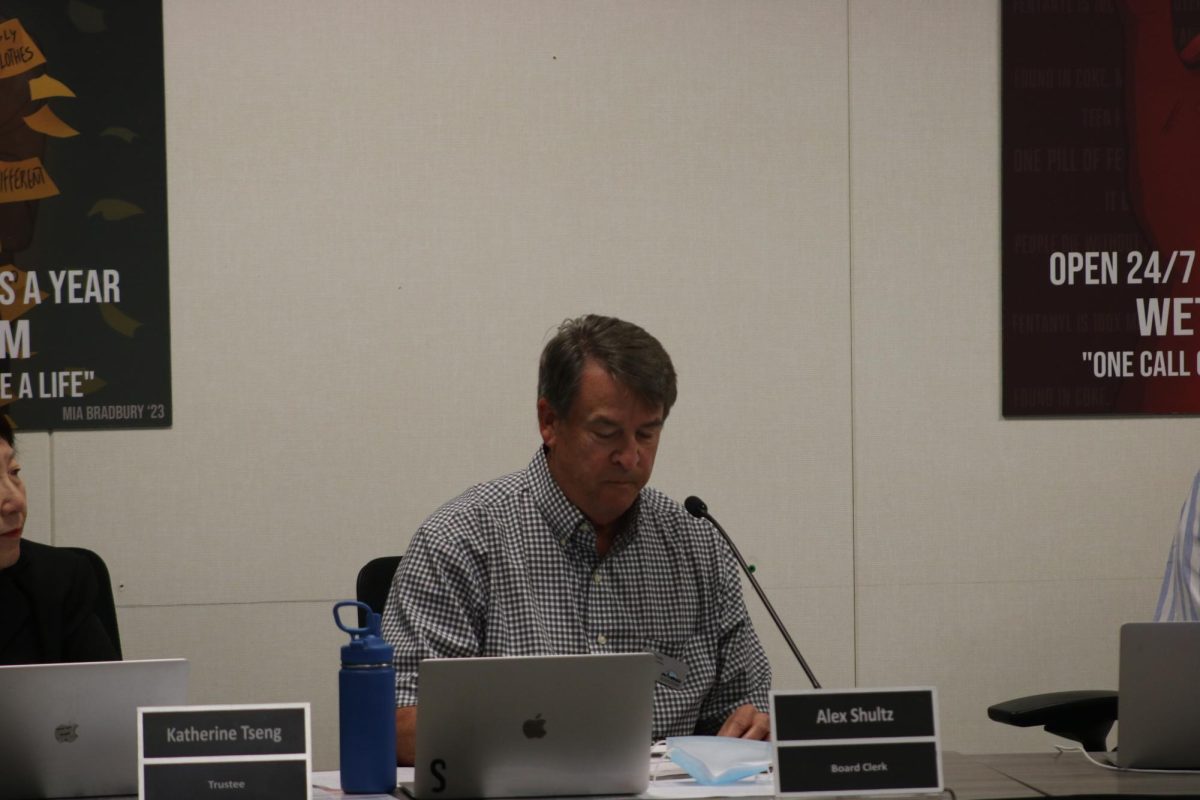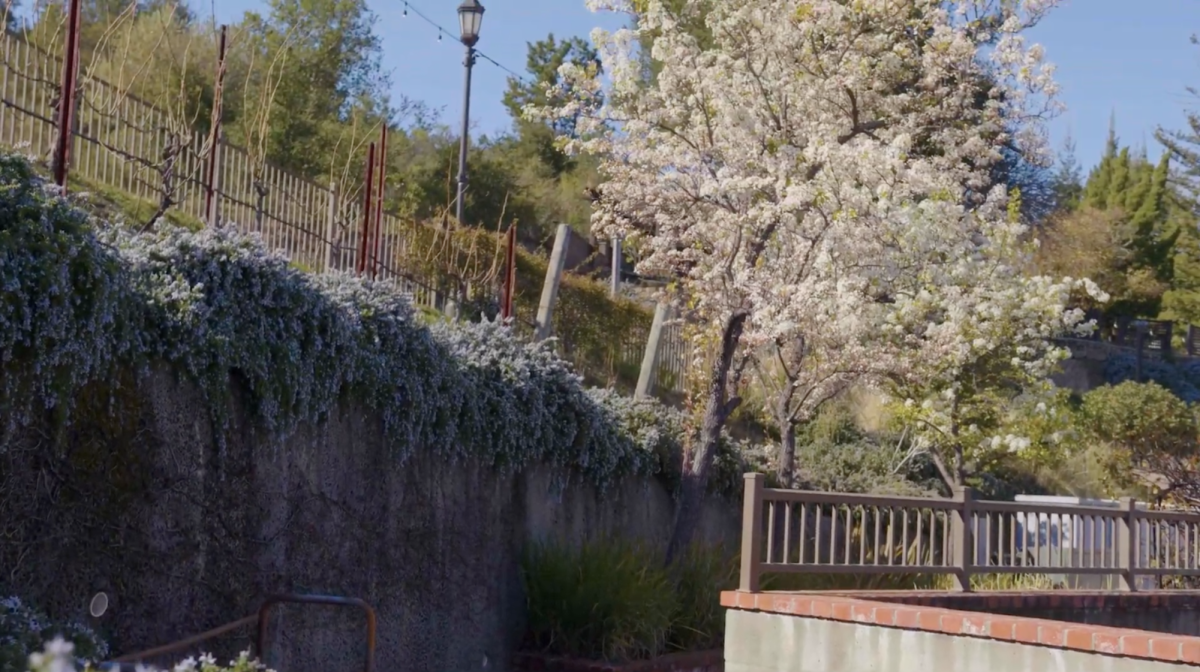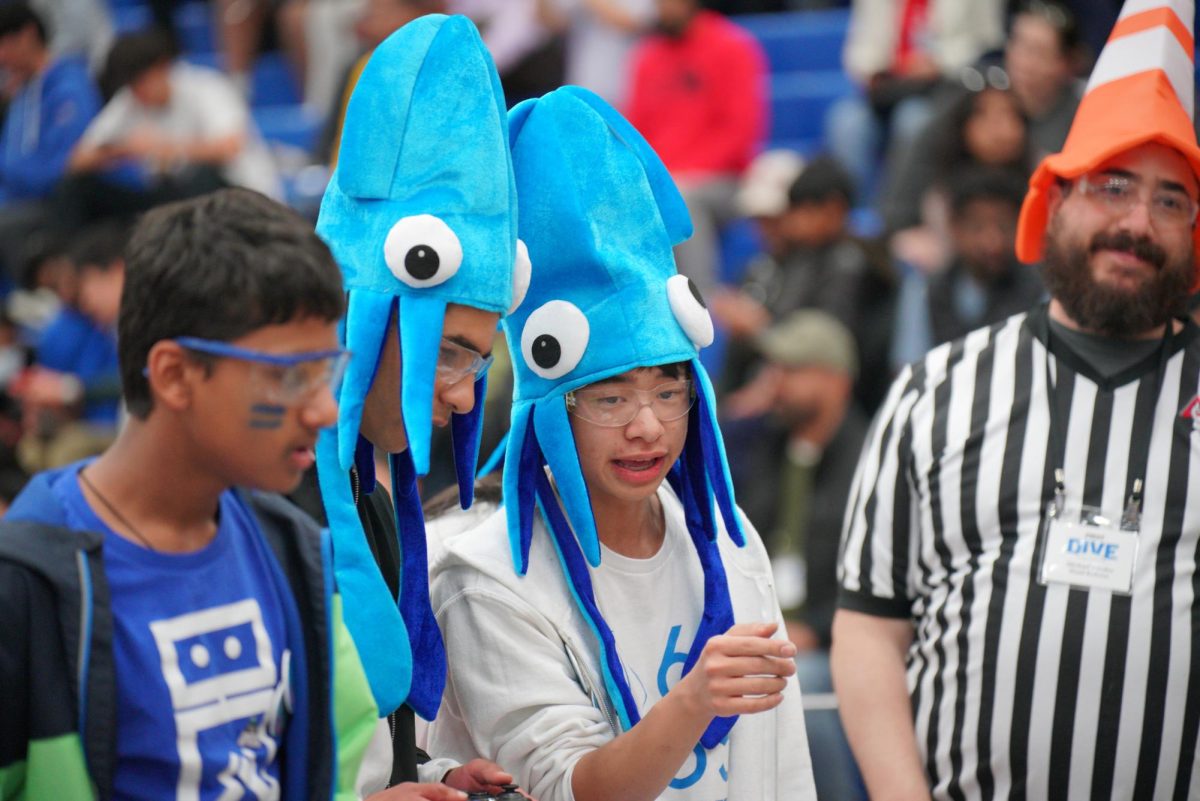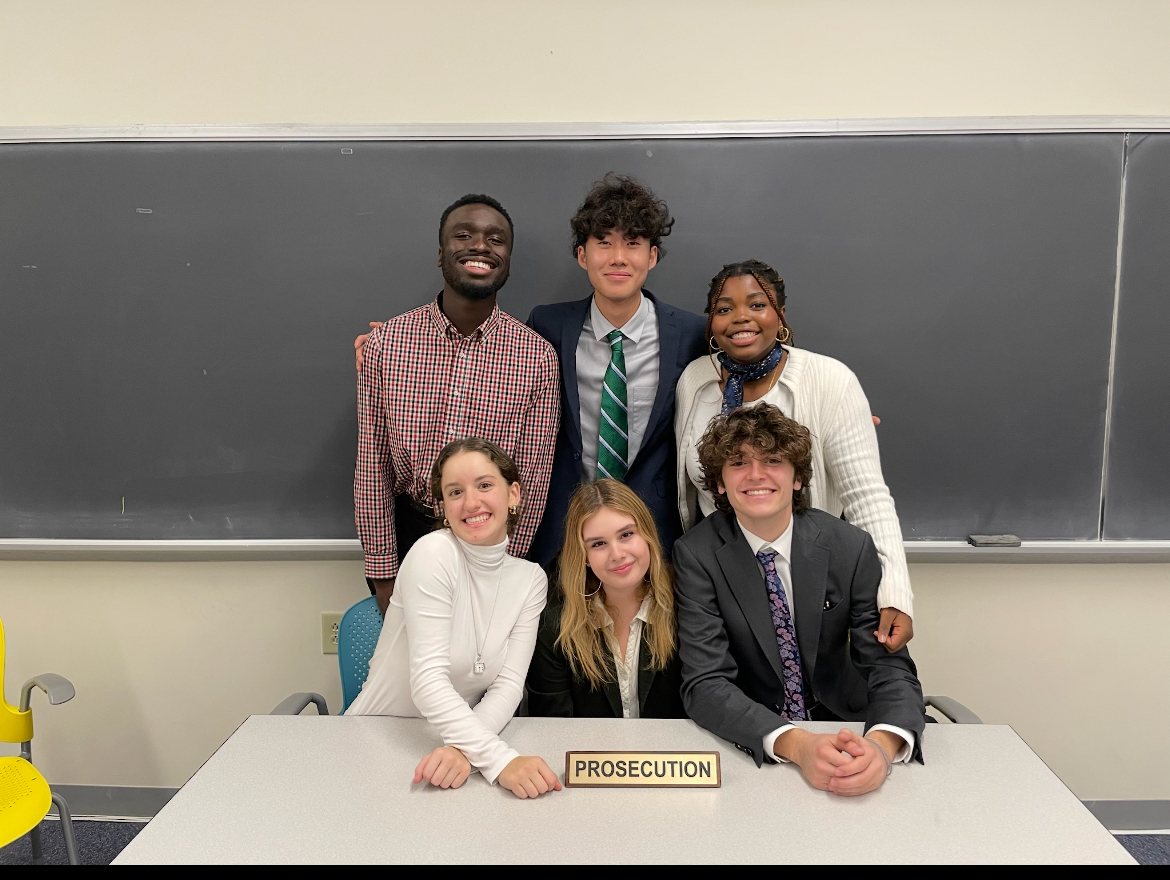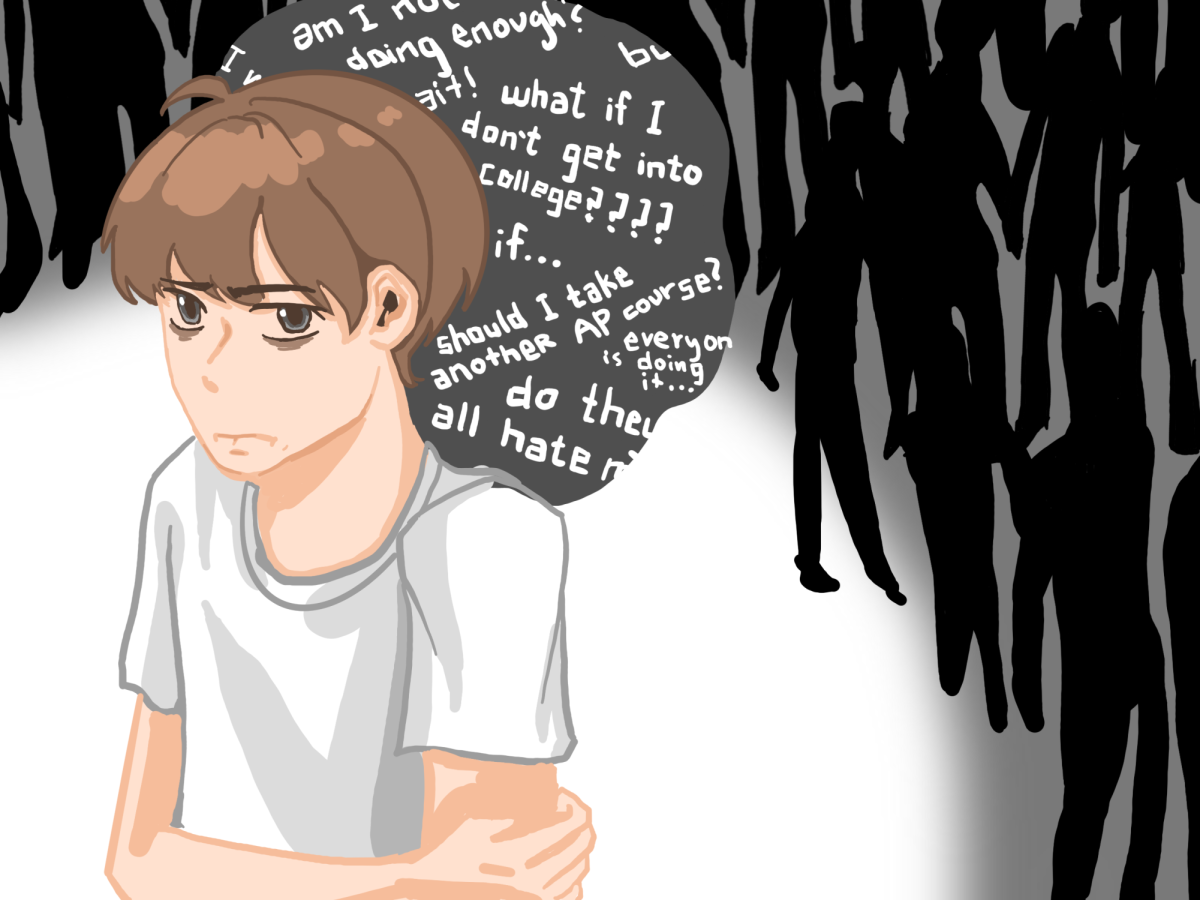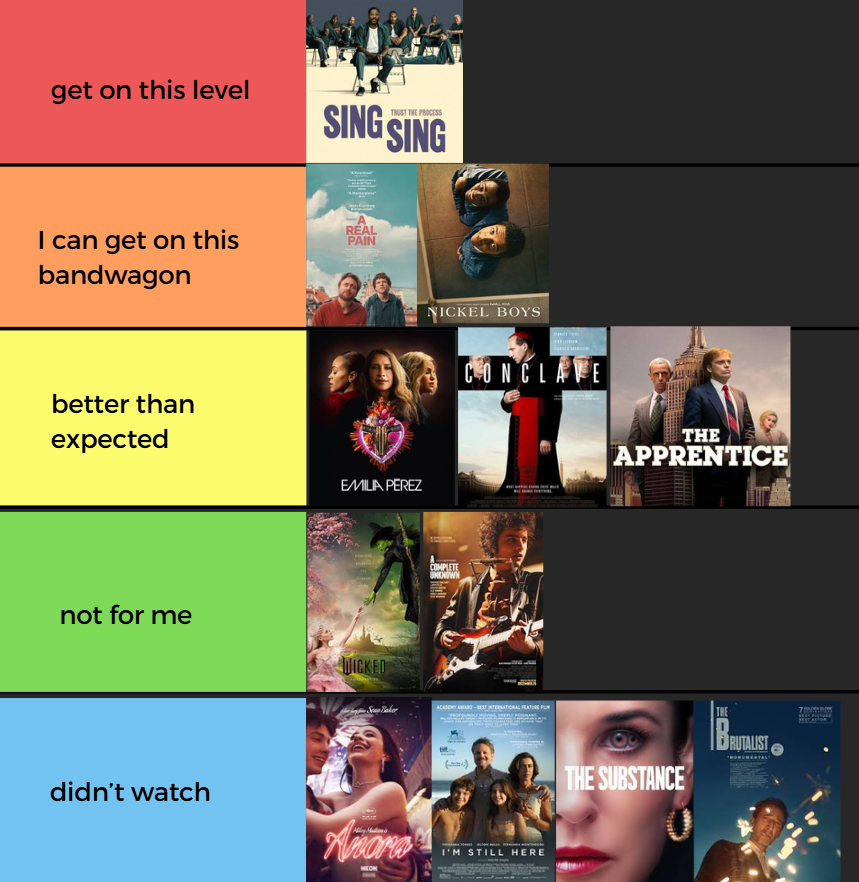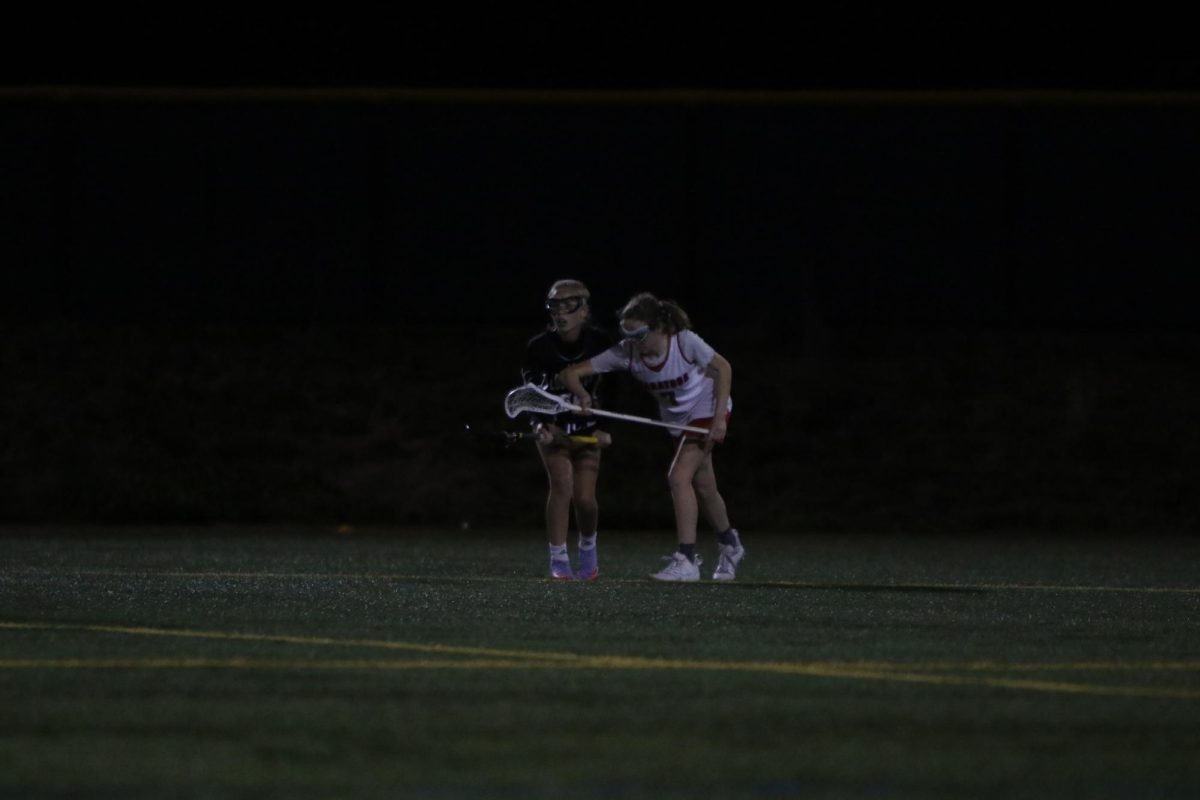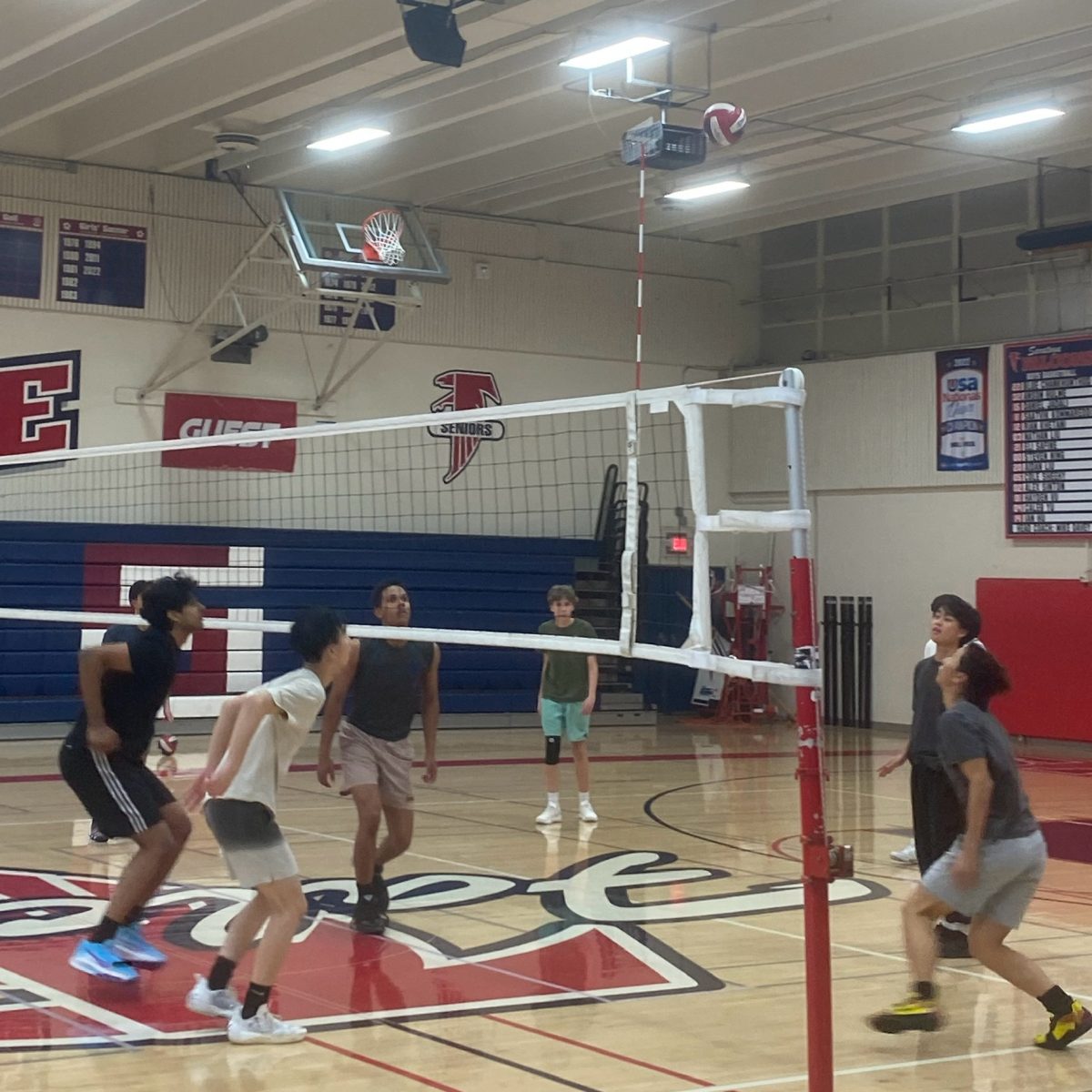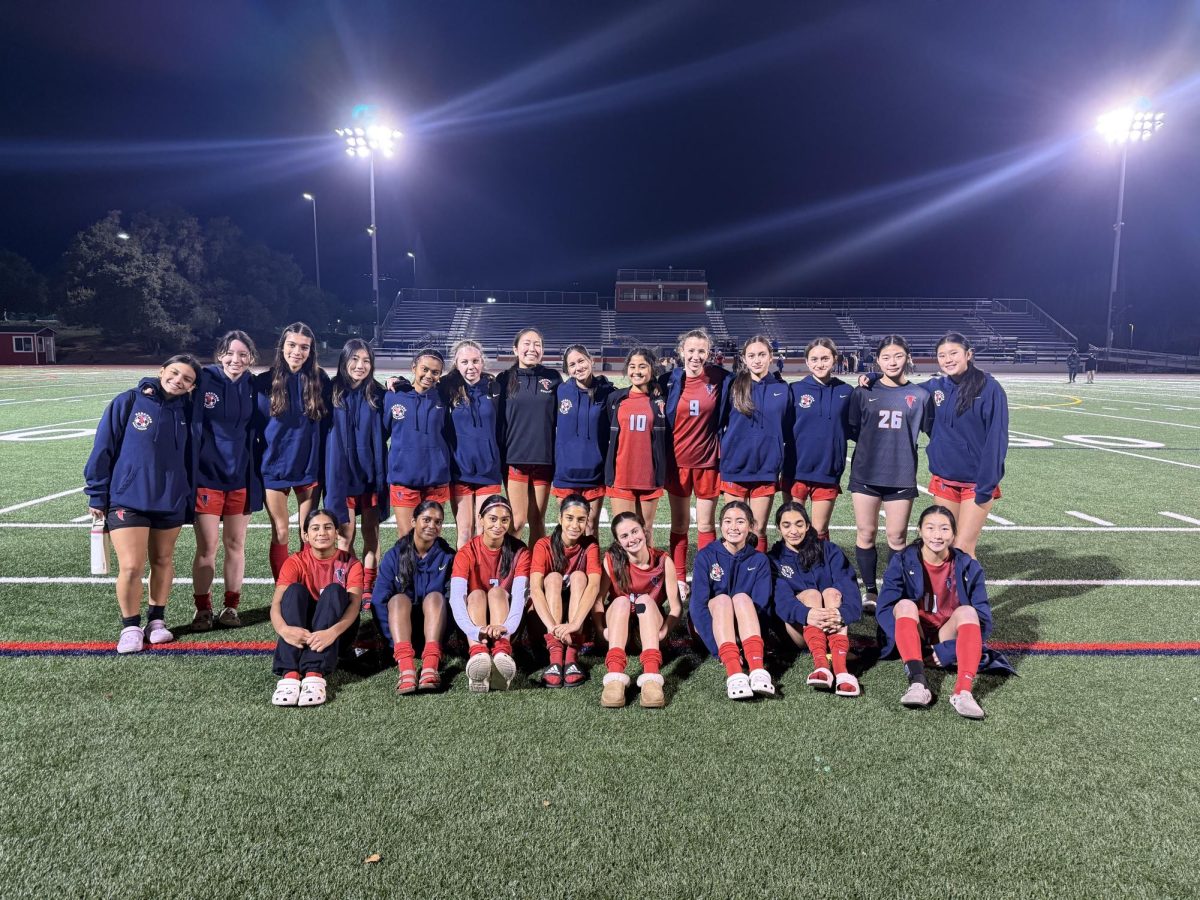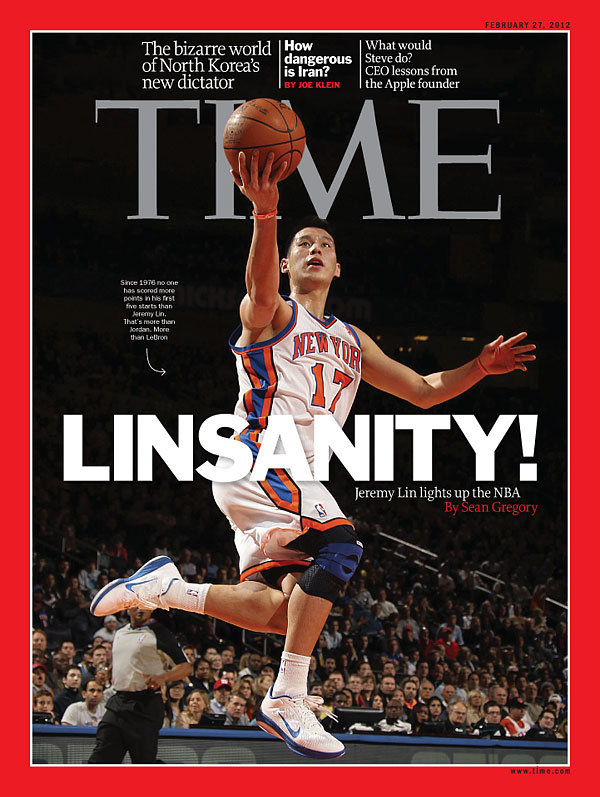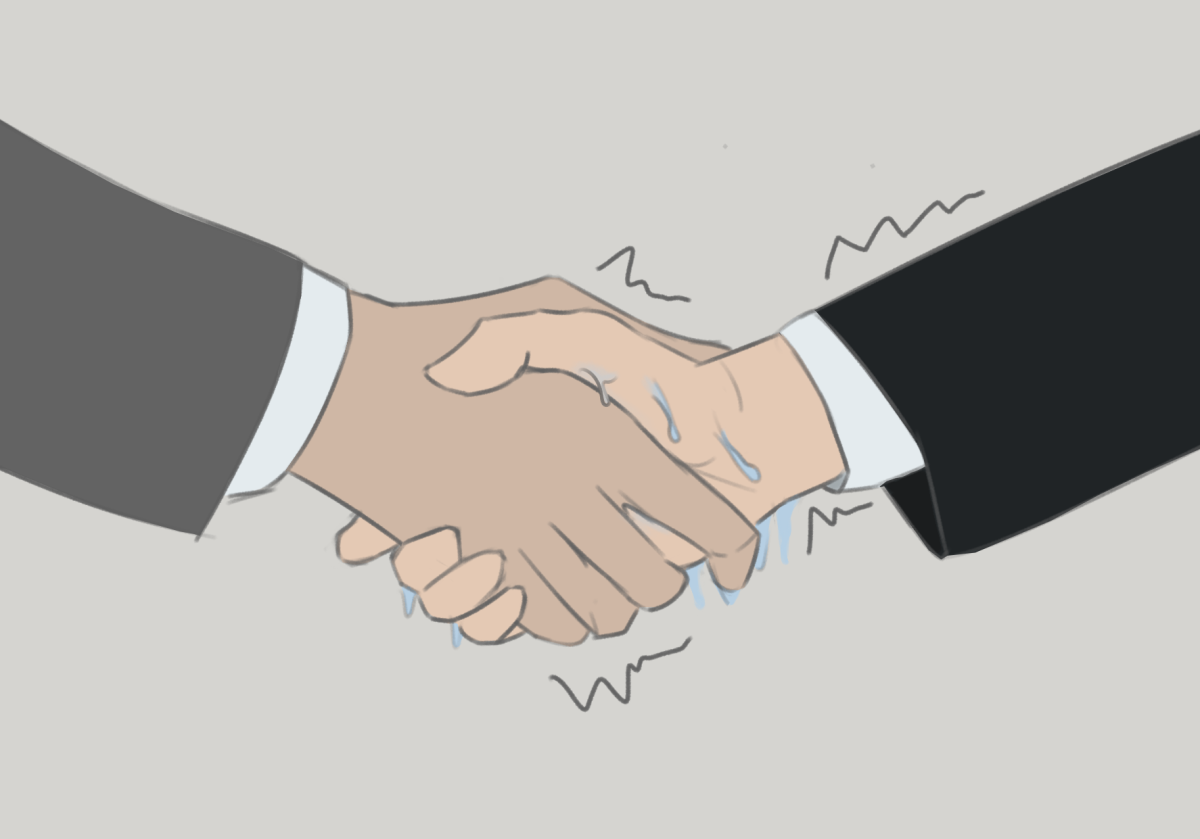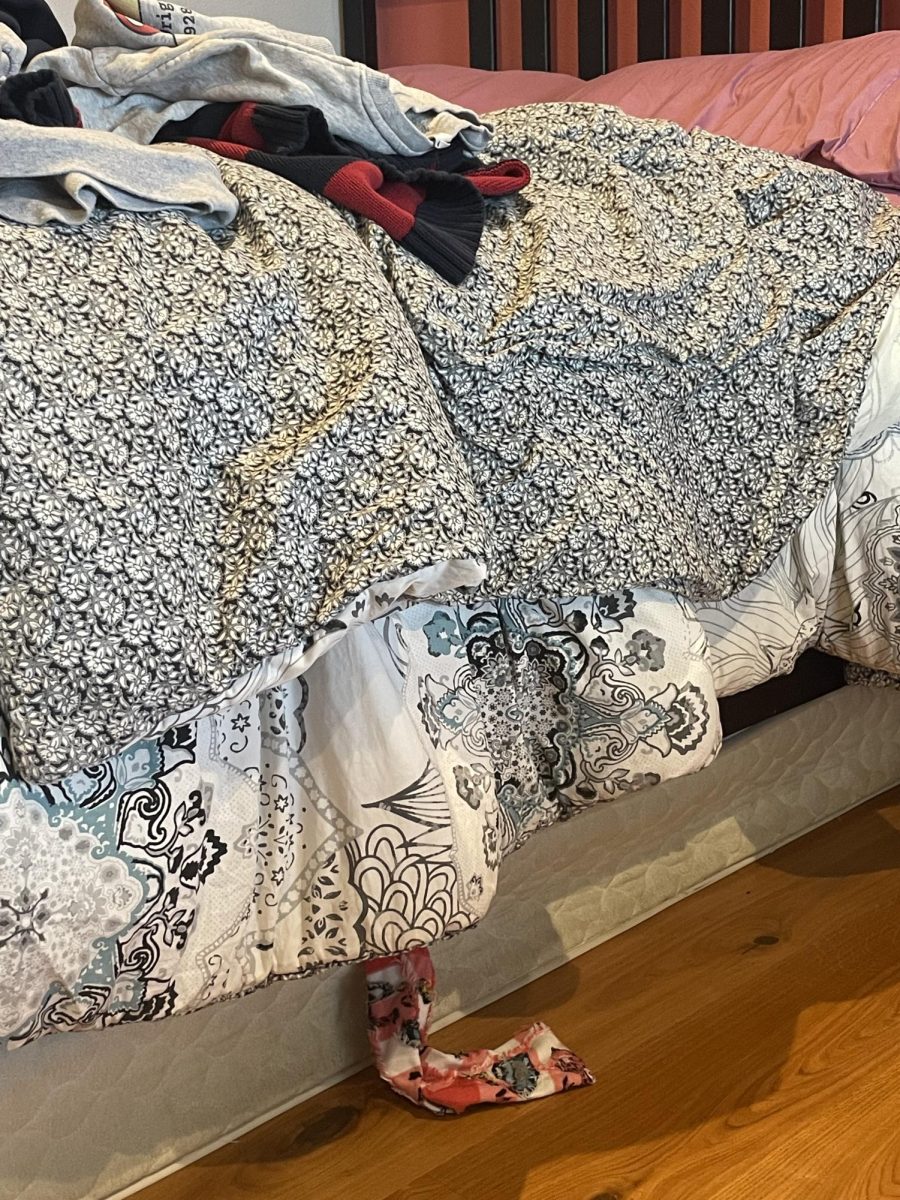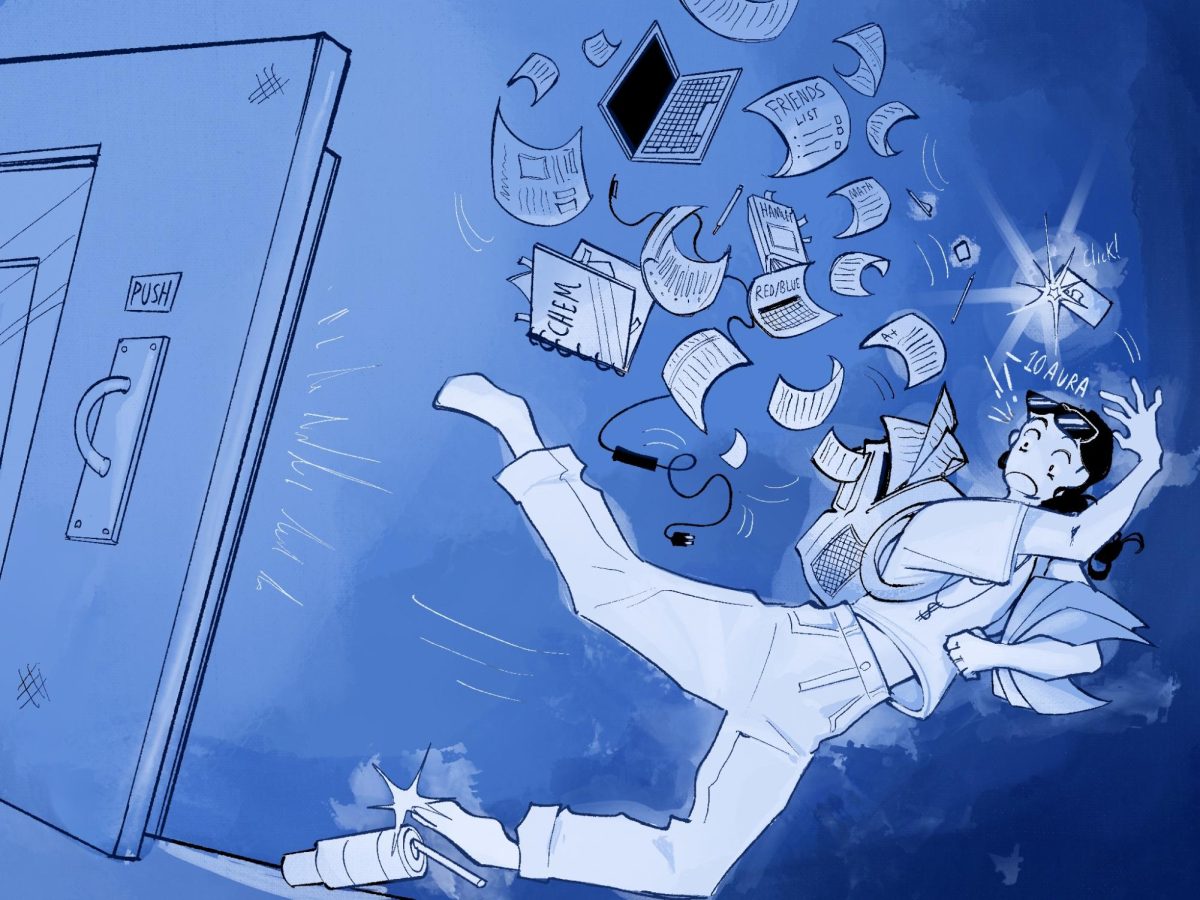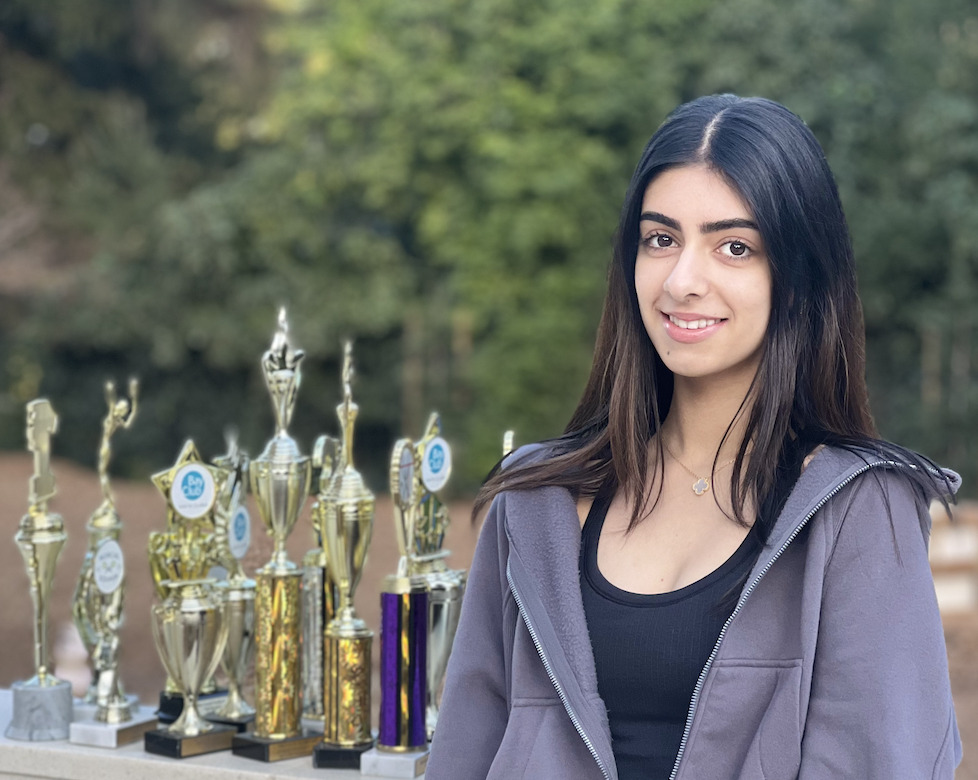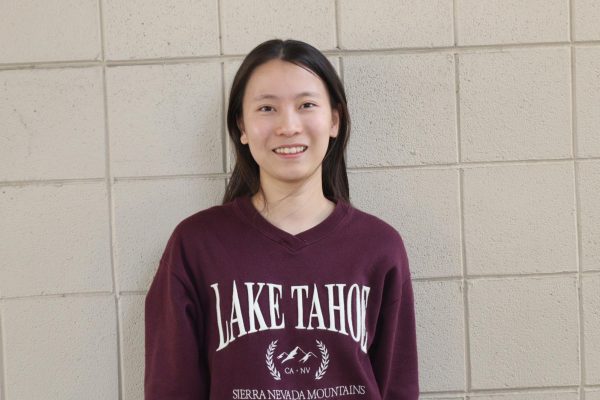When sophomore Ivanya Sadana turned 10, her birthday party included an unexpected gift that would change her life.
This gift came in the form of learning about the indoor racquet sport of squash. After a neighbor who showed up late to the party due to playing squash, Sadana was intrigued enough to begin to play the game shortly after: “Within the first three sessions, I felt like squash was the sport I could continue forever,” she said.
Sadana has tried her hand at basketball and badminton before, but honed in on squash during the pandemic. Ever since, she’s catapulted into a squash-centered lifestyle, balancing school with her demanding practice and tournament schedule. After recently moving up into the Girls Under 17 (GU17) Division, Sadana is currently ranked No. 60 in the nation.
Squash is a racket sport that is played in a four-walled indoor court between two players in singles or four in doubles. The objective of the game is to strike the soft rubber ball in playable areas in hopes of securing a point when the opponent is unable to return the ball. Ball speeds can reach over 150 per hour.
Sadana has seen success at previous tournaments, winning silver at the 2023 U.S. Squash Junior Gold Tournament in the GU15 division; the event, which was held in Seattle, featured 157 players from the U.S. and Canada.
Sadana has qualified three times since 2022 for the U.S. Junior Open in Philadelphia, where only the top 64 players in her age group in the country are invited; for each age bracket, an additional 64 top players are invited from other nations. After playing for three days, Sadana placed 30th out of 128 in 2023. However, as the competition conflicted with her finals last year, she chose to opt out for the 2024 competition.
Since the U.S. Open invites international players — for example, from Egypt, India and Mexico — Sadana has found it a struggle to adapt to their differing playstyles.
“Some international players are trained differently,” she said. “Some are completely not afraid of pushing you and framing you for cheating.”
Squash includes two types of movements: basic shots and deceptive shots. For basic shots, Sadana focuses on consistency. Deceptive shots are more challenging to perform, and require a double racket rotation — similar to double jumping on a jump rope — before hitting the ball.
“I can’t quite do deceptive shots, but I make sure that I can do basic shots with my eyes closed,” Sadana said.
Courtesy of Ivanya Sadana
Sophomore Ivanya Sadana plays against her opponent at the Junior Championship Tournament for her first match.
Sadana on average practices six days a week with a mix of private lessons, solo fitness conditioning and scrimmages. She takes private lessons at a set of shared courts in Redwood City, and at Bay Club Redwood Shores where she takes group lessons. Twice a week, she goes to the gym to work on her upper and lower body. This helps improve her footwork on the court.
Standing at a tall 5 feet 11 inches, Sadana is able to reach for many of the shots that shorter players must take extra steps to get. However, her height also requires her to bend lower than the average player to hit low shots, something that would work in favor of shorter players. To combat this, Sadana does extensive leg work.
The sport is not cheap to play. Lessons, fitness coaching and travel can all add up to hundreds of dollars per month minimum. Racquets alone can also cost more than $200.
With squash recently being selected as a sport for the 2028 Los Angeles Summer Olympics, Sadana said she is excited that the Olympics will garner more awareness about the sport.
Sadana’s favorite player is Nour el Sherbini, an Egyptian squash player, saying: “She’s one of the most resilient players, and I admire her playing style. She fought in a satellite tournament and performed exceptionally well even when she was battling a brutal back injury.”
Beyond high school, Sadana hopes to commit to a Division I college for the sport, aiming to contact coaches by the end of the year. Though squash is offered by 37 colleges, including Stanford and Harvard University, it isn’t an official part of the National Collegiate Athletic Association, which means that there are no scholarship regulations for Division I athletes.
“Since I began thinking about recruitment, I understood that there were limitations to it on the West Coast, as most of the schools that offer it are on the East Coast. It didn’t impact my hopes though since I knew what the conditions were going into it,” Sadana said.
Since beginning the sport, Sadana attributes her progress to her improved mental game.
“I’ve realized that you have to play to win, not just to not lose. I’ve been able to win more games by being more aggressive,” she said.

